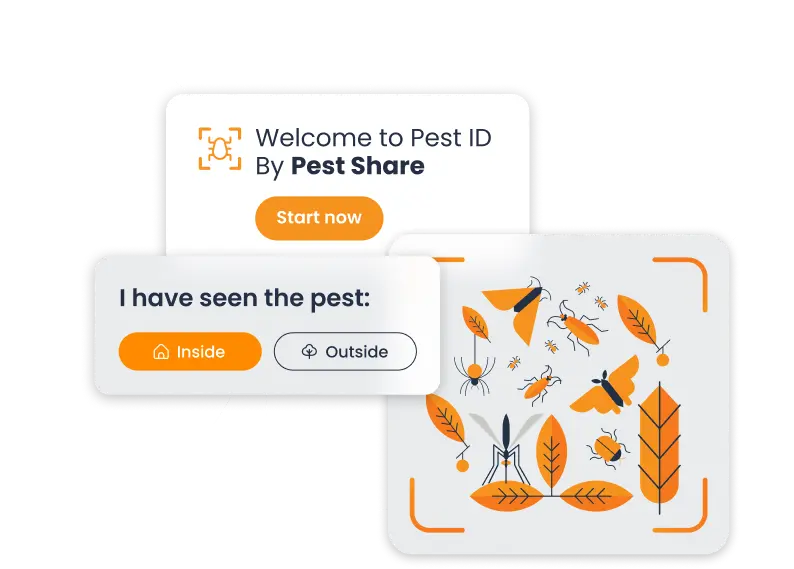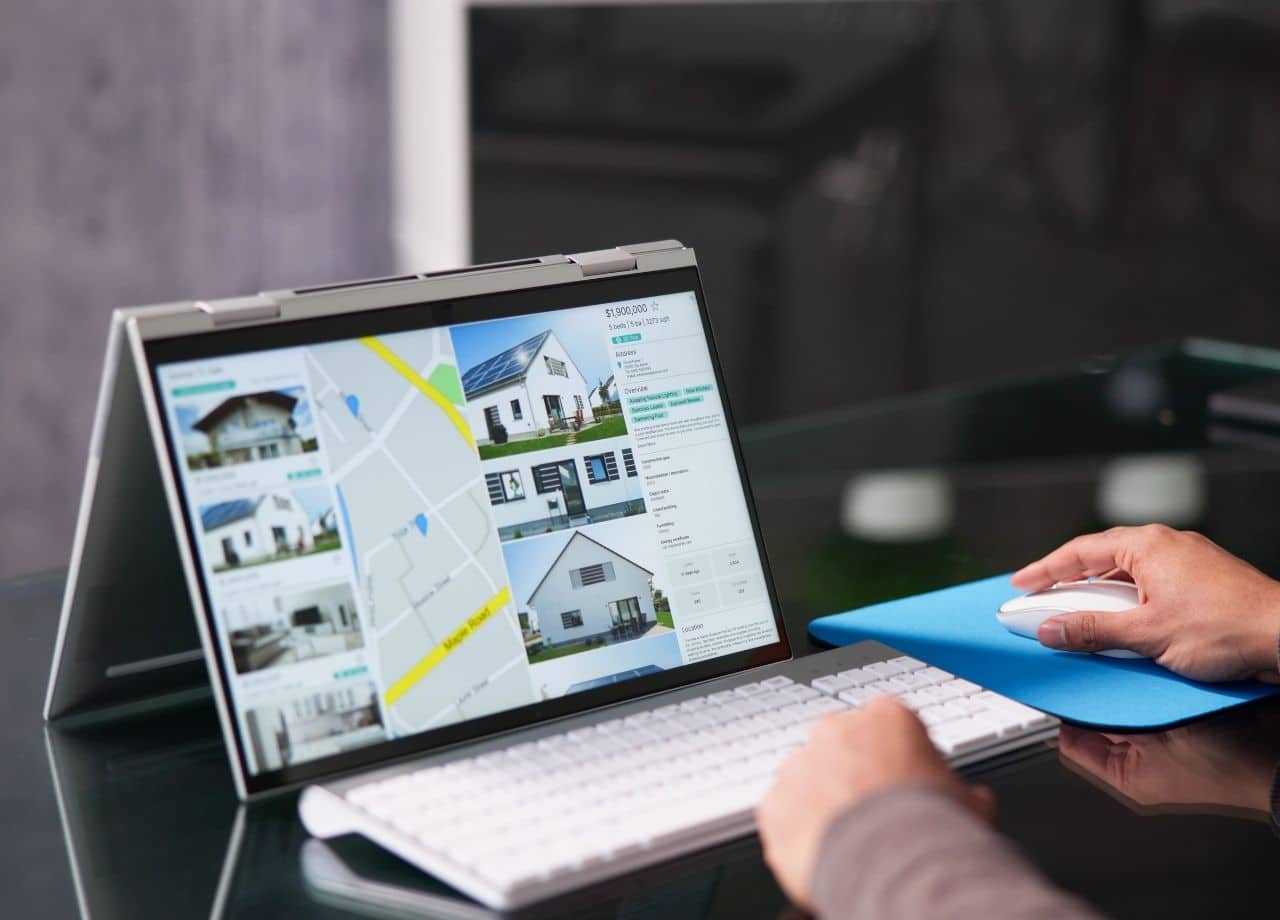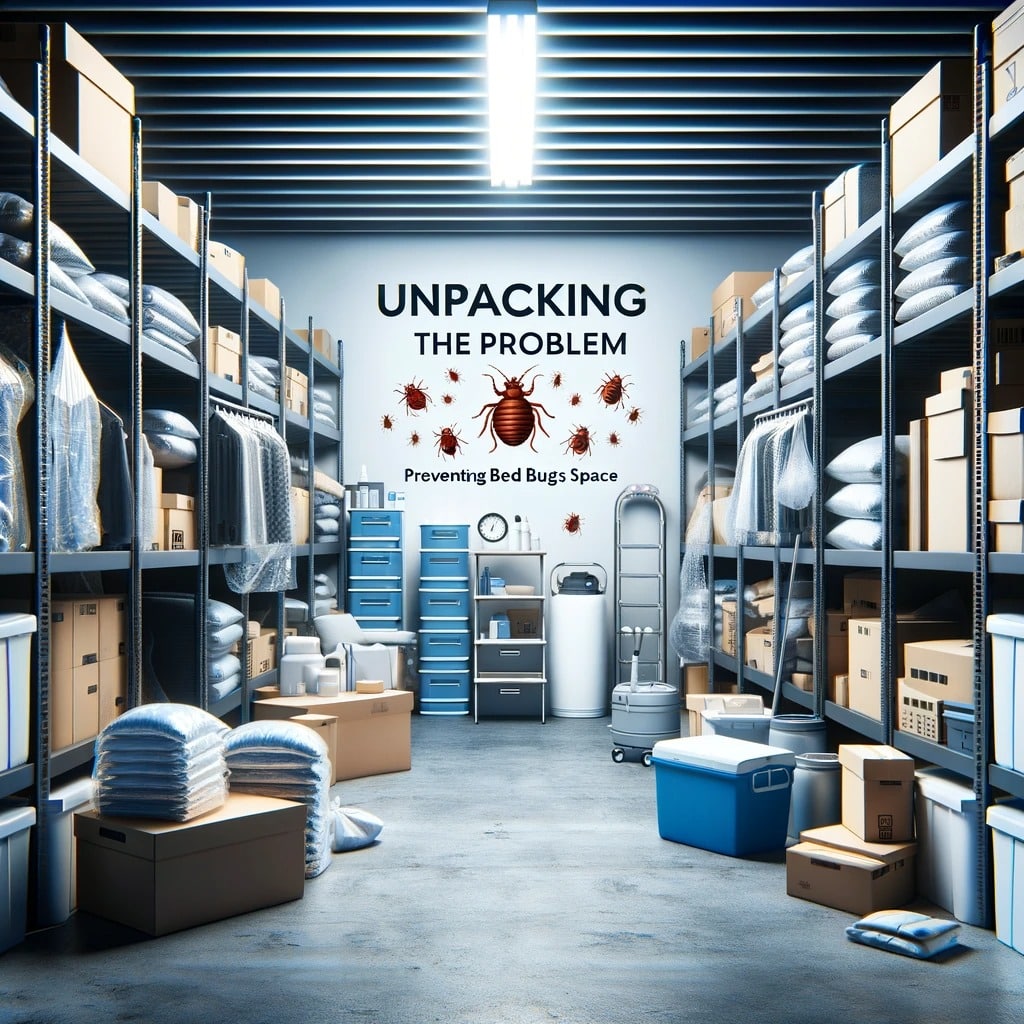Lease management isn’t just paperwork—it’s the backbone of your entire property operation. Whether you’re dealing with a dozen units or several hundred, the way you manage leases affects everything from resident satisfaction to cash flow. And if you’re still juggling spreadsheets and handwritten notes, you’re not saving time—you’re spending it.
Let’s talk about lease management tools that actually pull their weight. Not generic software lists, but real tools that let property managers breathe easier, respond faster, and avoid the late-night text message that someone’s lease renewal was missed. These platforms aren’t bells and whistles—they’re daily necessities.
AppFolio: Built for Busy Property Managers
When you’re managing multiple buildings, dealing with vendors, coordinating with maintenance, and keeping residents informed, the last thing you want is to jump between apps. AppFolio solves that by wrapping everything into one clean dashboard. You don’t need to be tech-savvy. If you can send an email, you can use this platform.
What’s especially helpful is how leases are tracked. Lease start and end dates? Right there. Need to renew a lease? AppFolio nudges you before it becomes an issue. You can push out lease renewals digitally, track when they’ve been signed, and store them without needing a single file cabinet. Rent collection, late notices, and even reminders for pest control visits—it’s all automated and tied directly to the lease record. That’s a huge relief when your week is already packed.

Smarter Pest Control, Fewer Headaches.
Buildium: Communication Meets Control
Here’s the thing: lease issues usually come from miscommunication. Buildium solves that by offering a resident portal that isn’t just a pretty add-on. It actually gets used. Residents can view lease terms, renewal dates, and rent due reminders in real time. That means fewer questions and fewer misunderstandings.
Lease renewals can be managed from your phone while you’re walking a property. It even lets you automate lease expiration notices. You set the rules—say, notify 60 days before expiration—and the system takes care of the rest. You don’t need a sticky note on your monitor anymore.
One feature worth calling out is Buildium’s document sharing. You can upload lease agreements, pet addendums, or pest control agreements, and your residents can access them any time. This reduces back-and-forth and keeps everyone aligned on what’s expected.
Innago: Simplicity That Works for Small Portfolios
If you’re not managing hundreds of units, paying for a big-name tool with features you’ll never use doesn’t make sense. That’s where Innago steps in. It’s free, but more importantly, it’s practical. You can build and sign leases online, collect rent, and track issues—all without any fluff.
What makes Innago special is how quick it is to learn. A lot of property managers aren’t IT pros, and Innago respects that. Lease automation is simple—you choose the terms, set the payment schedule, and the platform handles the rest. Late fees? Automatically applied. Missed payments? Residents get reminded without you having to send awkward texts.
There’s also maintenance tracking included, which isn’t directly about leases, but when your resident’s dishwasher breaks and you already know what their lease says about response times, it makes those conversations way easier.
DoorLoop: Great for Mixed-Use or Expanding Portfolios
If you’re dealing with a mix of commercial and residential leases, things get complicated fast. DoorLoop is perfect in that situation because it lets you tailor lease terms to different property types. You’re not boxed into a one-size-fits-all setup.
You can assign custom rent due dates, late fee rules, and renewal terms—all specific to that lease. For example, your commercial tenant on a five-year lease with escalation clauses? You can track those increments and get alerted when they apply. Your residential lease with monthly pest service included? That can be attached to the lease and tracked easily.
DoorLoop also makes lease reporting easy. You get real-time data on who’s due for renewal, who’s behind on rent, and what’s coming down the pipeline. No more flipping through files to find out which lease ends in June.
Yardi Breeze: Cloud-Based and Solid All-Around
Yardi has been around forever, and Breeze is their lighter, more modern platform. It’s cloud-based, which means you can pull up a lease while standing in a resident’s kitchen during an inspection. That kind of access changes how fast you can solve problems.
Yardi Breeze connects lease terms directly to rent collection, maintenance requests, and resident communication. For instance, if your lease requires residents to report pest issues within a certain window, and someone submits a pest ticket late, you can reference the lease instantly and handle it appropriately.
The platform also handles document storage and digital signing. Once a lease is signed, it’s automatically saved and attached to the resident’s record. You’re not chasing down PDFs or trying to remember which email has the signed version.
RealPage: Lease Management with Analytics in Mind
RealPage isn’t just for managing leases—it’s for managing business decisions. This is the tool for property managers who love tracking numbers and trends. It offers deep insights into lease performance, rent rolls, and resident retention rates.
One of the standout features is RealPage’s ability to model different renewal scenarios. Want to see what happens if you increase rent by 3% versus 5%? RealPage can project the impact across your whole portfolio. That means you’re not guessing—you’re planning.
You can also track how lease expirations line up across your properties. If half your leases are ending in the same month, that’s a risk. RealPage helps you spread them out, so your leasing team isn’t slammed all at once. That kind of planning makes a big difference during peak move-in seasons.
Entrata: Everything Tied Together
Entrata offers one of the most integrated lease management experiences. You’re not switching tabs for marketing, screening, lease execution, or renewals—it’s all in one workflow. This saves time and helps avoid mistakes, especially when onboarding new staff.
One great real-world use case is pre-leasing. Let’s say you know a lease is expiring in July. Entrata lets you start marketing the unit in May, show the place in June, and send out a new lease by July 1. All of that can happen from within one dashboard.
Another perk is how Entrata handles compliance and renewals. You can set conditions for lease auto-renewals, attach documents like pest control agreements or community guidelines, and track whether residents have accepted updated lease terms—all without sending multiple emails.
TurboTenant: Smart Tools for Filling Units Fast
TurboTenant’s strength is on the leasing front. It helps you fill vacancies quickly with built-in listing syndication and a smooth screening process. Once you’ve selected a resident, you can generate a lease, collect signatures, and get it stored automatically.
While TurboTenant is free, it still supports features like reminders for lease renewals and a portal where residents can access their lease. That’s a game-changer for smaller portfolios that want to operate like the big players without the overhead.
You also get real-time updates when a lease is signed or approaching expiration, which helps you stay ahead without manually tracking everything in a spreadsheet.
Putting It All Together
There’s no universal “best” lease management tool—it depends on your portfolio size, your team, and how you like to operate. But what’s clear is this: managing leases manually is no longer a necessity. Whether you’re running a dozen single-family homes or hundreds of apartments, using the right lease software gives you time back. It lets you focus on move-ins instead of missed renewals, on growth instead of guesswork.
And in a world where residents expect fast answers and digital everything, using a lease management tool isn’t a nice-to-have—it’s essential. When lease renewals go smoothly, rent is collected on time, and communication is clear, your whole operation runs better. You show up as the kind of property manager who’s on top of it—and that’s exactly the experience residents want.






